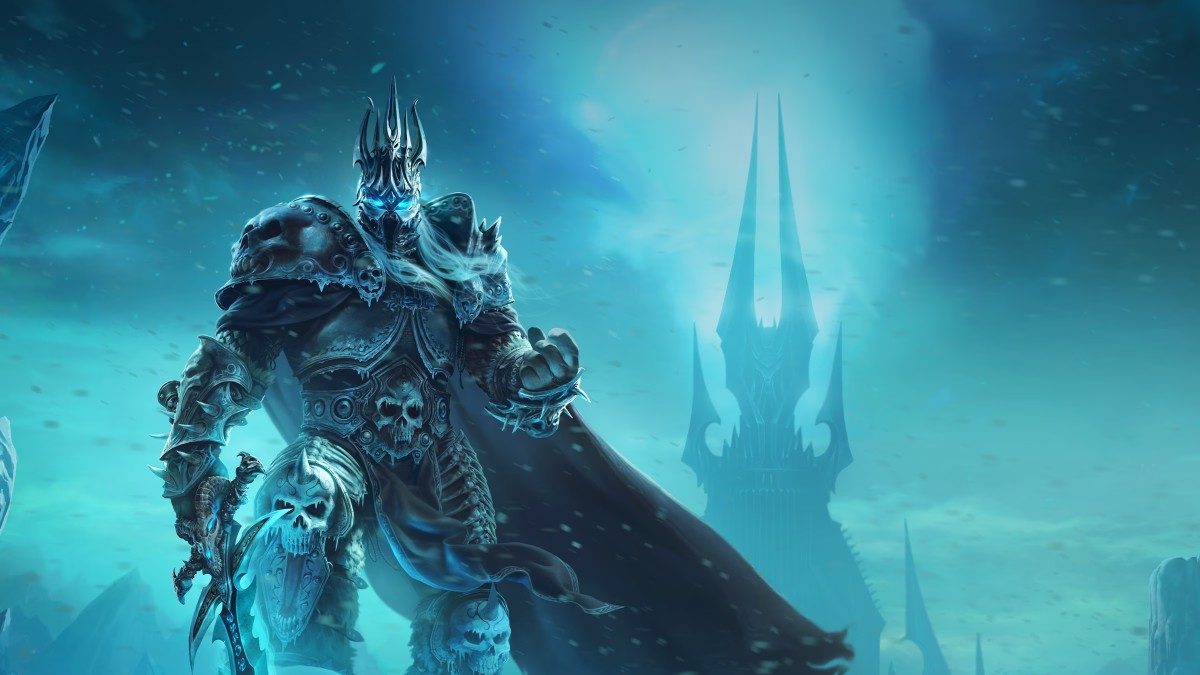Let me be perfectly clear: I’m a sucker for a good Zelda-like. The Legend of Zelda: A Link to the Past is one of my favorite all-time video games, so it stands to reason that Sparklite would tickle my fancy purely from a visual aesthetic perspective. Some of my favorite recent indie games have all emulated that same top-down pixelated art style, such as Moonlighter, Hyper Light Drifter, Cosmic Star Heroine, as well as CrossCode and Sparklite is no different in that regard.
But the similarities to The Legend of Zelda are more than just skin deep. You’ve got an overworld that you explore searching for dungeons and trials to complete, as well as a smattering of enemies to fight, bosses to conquer, and even some mini games to indulge in. But the catch here is that it’s not just your typical linear action game. Instead, there are plenty of roguelike elements to mix things up.
Each time you die you’re rescued and sent back up to the floating little village in the sky. After sifting through your upgrades, which aren’t lost on death, and spending any of the accrued resources you’ve gained, you had back down to do it all over again. And each time you return the entire map is shuffled. Since it’s a top-down 2D Zelda-style overworld that means each section of the map is a “screen” and you progress to different quadrants of the map itself on each screen, like a grid.

This shuffling mechanic is actually explained in the lore as well, since the volatile energy the region is based on causes fissures and the actual continent itself shifts and changes frequently. This creates new cracks, new hazards, new enemy spawns, and altered layouts each time. And the premise as a whole is strong, dealing with themes of colonialism, environmental exploitation, and resource preservation.
Gameplay is quick and snappy with a satisfying quick combo from your hefty metal wrench, slick movement around levels, and a nifty dodge roll. You can’t block though, at least not from what I could discern, so timing and dodging is extremely important. At the end of my demo session I actually beat one of the game’s early bosses after about three tries and it was certainly satisfying.
The key to beating the boss for me was amassing enough resources, the titular Sparklite as a matter of fact, and spending that up in the sky village to upgrade my hearts for more health. Since the boss hit so hard I could barely withstand a single attack on the default number of hearts.
I was really intrigued by the upgrade system, which mixes inventory management with crafting. You can purchase or unlock patches in the game that you place in your inventory to offer upgrades. However, your inventory only has a limited number of square slots and each patch could be shaped differently. So managing where to place each upgrade and which ones to take on that run was a bit like Tetris, or the Resident Evil method of inventory management. The developers also alluded to being able to upgrade patches so they take up less room and even expanding your inventory to permit more patches overall.

Since all of the sparklite you find and upgrades you acquire carry over between runs there is a steady sense of progression and it doesn’t feel unfair at all. I didn’t get to see much of the storyline unfold or experience much of the side content — of which I’m told there will be lots in the form of characters to meet, side quests, mini games, and more — but the core foundation here seems rock solid.
It’s also worth noting that, even just based on my brief time with the game, the soundtrack seems absolutely delightful. From what I heard it seems like just the right mix of nostalgia and newly whimsical to feel retro and original at the same time.
If the various biomes of the world can feel distinct and the procedural remixing of the overworld remains fresh and engaging, Sparklite could be one of 2019’s breakout indie games. It’s got the visual appeal, gameplay is tight, and they’ve checked all the right boxes in terms of fitting all the pieces together, now it’s just a matter of execution across an entire game rather than just a 30-minute demo.
Sparklite is due November 14th for PC, Switch, Xbox One, and PS4. For more details, visit the official website.






Published: Sep 24, 2019 02:19 pm